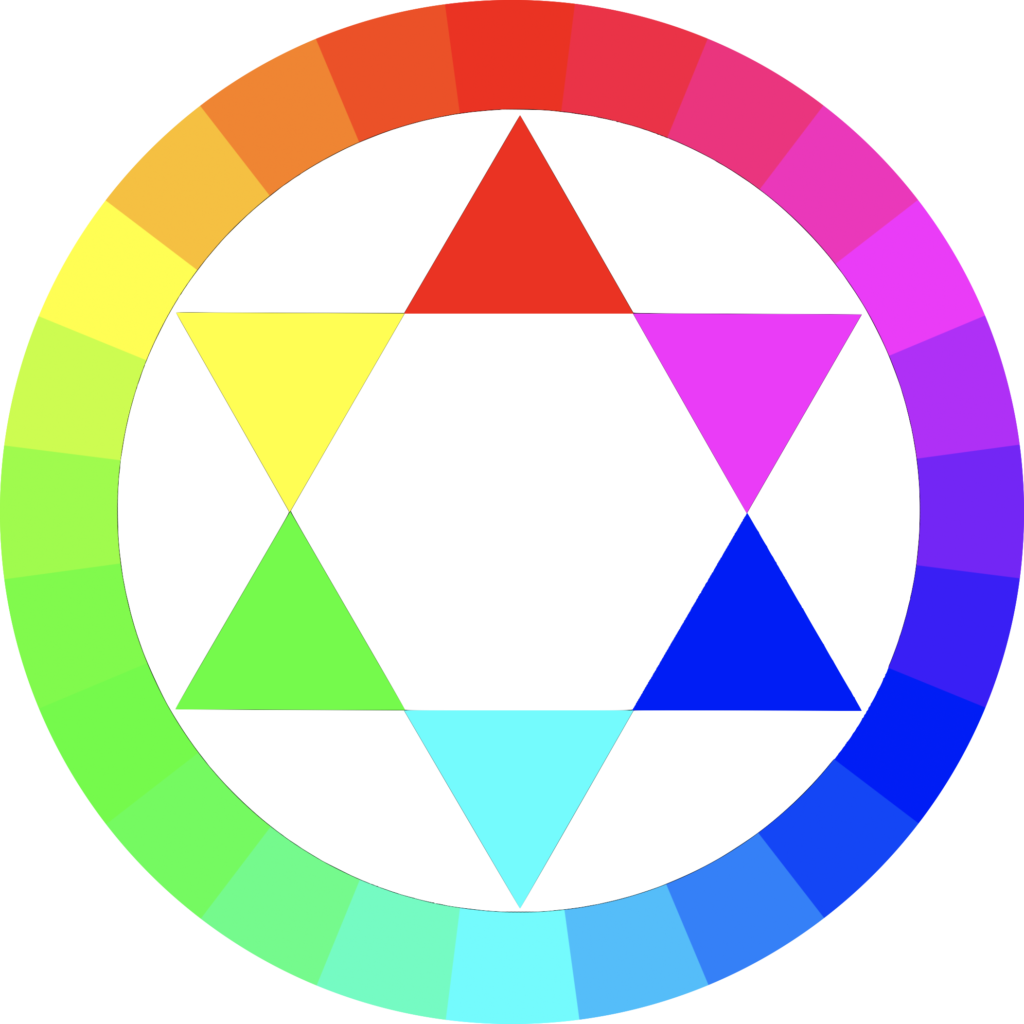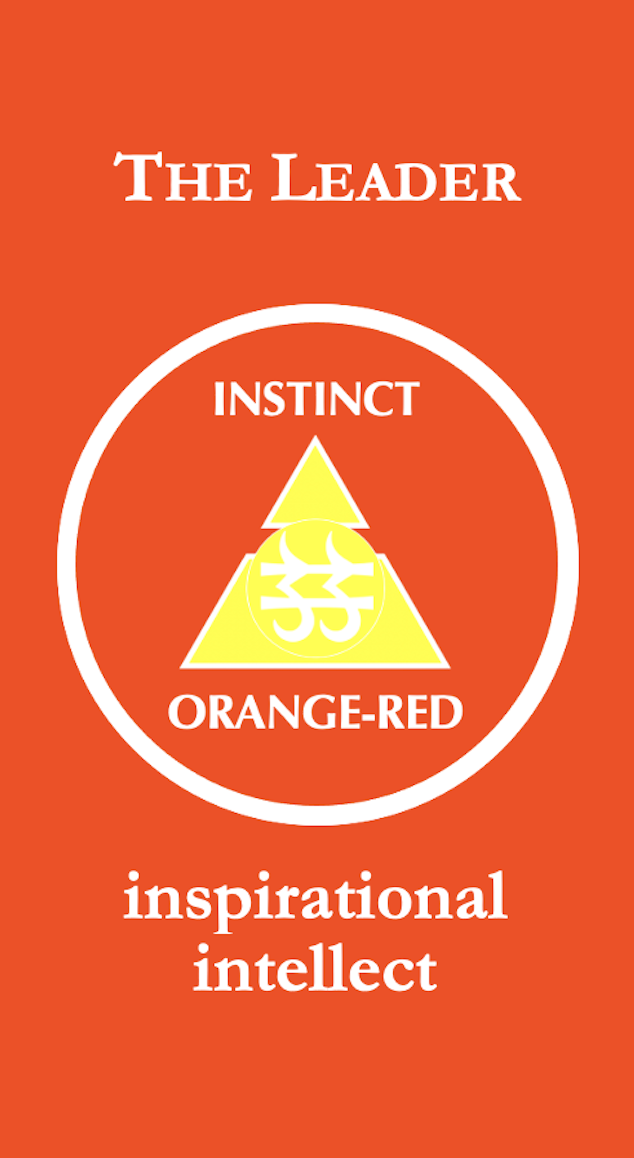Sunstone
KAlSi₃O₈,(Na,Ca)Al₁₋₂Si₃₋₂O₈
Supporting Gemstone for the Color Orange-Red:
- Vitality and Energy: Sunstone is strongly associated with vitality, energy, and life force. It is believed to uplift the spirit, increase vitality, and boost overall energy levels. Sunstone may help individuals feel more energized, motivated, and enthusiastic about life.
- Optimism and Positivity: Sunstone is known for its bright, cheerful energy that promotes optimism, positivity, and a positive outlook on life. It is believed to dispel negative thoughts, self-doubt, and pessimism, replacing them with feelings of hope, joy, and enthusiasm.
- Abundance and Prosperity: Sunstone is associated with abundance, prosperity, and success. It is believed to attract wealth, opportunity, and good fortune into one’s life. Sunstone may help align one’s energy with the flow of abundance, enhancing prosperity consciousness and manifestation abilities.
- Creativity and Inspiration: Sunstone is said to stimulate creativity, inspiration, and artistic expression. It is believed to awaken the creative potential within individuals, encouraging them to explore new ideas, projects, and creative endeavors. Sunstone fosters a sense of innovation, originality, and artistic vision.
- Emotional Healing and Self-Empowerment: Sunstone is known for its ability to promote emotional healing and self-empowerment. It is believed to help individuals overcome feelings of inadequacy, fear, and self-doubt, promoting self-confidence, courage, and inner strength.
- Joy and Happiness: Sunstone is said to radiate warmth, joy, and happiness, brightening the mood and lifting the spirits. It is believed to encourage laughter, playfulness, and a sense of childlike wonder, fostering a lighthearted and joyful approach to life.
- Enhanced Intuition and Spiritual Growth: Sunstone is believed to enhance intuition, psychic abilities, and spiritual insight. It is said to deepen one’s connection to higher realms of consciousness, facilitating spiritual growth, wisdom, and inner guidance. Sunstone encourages introspection, meditation, and self-discovery.
- Physical Healing and Vitality: Sunstone is associated with physical healing and vitality. It is believed to support the body’s natural healing processes, promote vitality, and strengthen the immune system. Sunstone may help alleviate physical ailments such as fatigue, inflammation, and digestive issues.
- Empathy and Compassion: Sunstone is said to promote empathy, compassion, and understanding towards oneself and others. It is believed to enhance emotional intelligence, empathy, and sensitivity, fostering deeper connections and relationships with others.
- Harmony and Balance: Sunstone is associated with harmony, balance, and alignment of the mind, body, and spirit. It is believed to harmonize the energies of the emotional, mental, and physical bodies, promoting overall well-being, vitality, and equilibrium.
Physical Characteristics:
Sunstone is a member of the feldspar group. Both the orthoclase and the plagioclase feldspar species boast a sunstone variety. Other feldspar group gems include moonstone, non-phenomenal orthoclase, phenomenal and non-phenomenal labradorite, and amazonite. Sunstone from Oregon is gaining attention as a natural and untreated product of the United States.
Gem connoisseurs and innovative jewelry designers often seek the subtle beauty of lesser-known—but still intriguing and unique—gemstones. Some of those are members of the feldspar group.
Although sunstone and moonstone are both members of the feldspar group, the resemblance stops there. While cool moonstone’s phenomenal varieties offer a soft and gentle adularescent glow, warm sunstone’s phenomenal varieties show a distinct and lively glitter called aventurescence. Aventurescence is a sparkly, metallic-looking luster caused by flat, reflective inclusions, sometimes called “schiller” by sunstone fanciers.
Not all feldspars that bear the name “sunstone” are from the same side of the feldspar family—both the orthoclase and the plagioclase species boast a sunstone feldspar variety. The name sunstone refers to the gem’s appearance rather than to its chemical makeup.
There are many sunstone varieties. If aventurescence is present, gemologists call it aventurine feldspar. The aventurine feldspar from India has a red-brown bodycolor and sunny glitter. It’s perhaps the best-known sunstone variety, but that situation has been changing.
The US state of Oregon produces a number of sunstone varieties. The increasing supply from the area has made sunstone more available to the general public. Because many of the sunstone types are unique to the rugged high-desert area in South Central Oregon, they’re being marketed as “all-American” gemstones.


